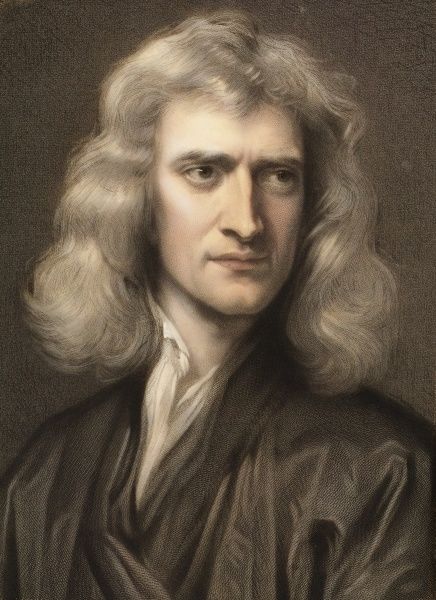The fourteenth century in Italy saw science entering another dimension of advancement with the Renaissance. By then it had broadened and bloomed all through a large portion of Europe.
The fall of Constantinople in 1453 brought about a substantial number of outcasts escaping to Europe, carrying with them Greek and Roman books that had been chronicled in Constantinople, unused for a considerable length of time. This and the development of the printing press in around 1450 paced up the learning in Renaissance Europe.
What was shocking that even for subjects of science, only a couple of individuals craved for logical information and explanation, while most educated people concentrated on imaginative or human sciences disciplines. It was just in the seventeenth century that a fast logical insurgency at last occurred.
Some of these famous and renowned scientists were:
Famous Renaissance Scientist Ptolemy
Contents
Ptolemy was a space expert and mathematician who studied the geocentric hypothesis that the earth is the focal point of the universe and all other celestial bodies revolve around it, until the seventeenth century.
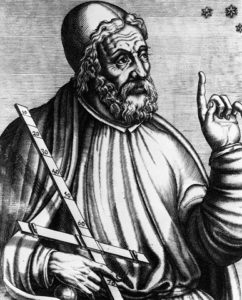
He has likewise been associated with his commitments to the fields of arithmetic, optics, and geology. Ptolemy made imperative innovations which include the map of the world that we see today and made it readable using what we call as longitude and latitude.
Nicolaus Copernicus
Copernicus was a Polish space expert who lived between 1473 and1543 and was best known for his galactic hypothesis that the sun is very still close to the focal point of the universe.
Stating additionally that the earth rotates on its pivot or axis once and completes a day and when spins on a yearly basis signify one revolution around the sun. This hypothesis is known as the heliocentric or sun-focused framework.

In spite of the fact that several comparative models had been advanced and proposed by a couple of astronomers prior to Copernicus’, his works were close and detailed for the planetary group. His quality of work was said to have increased precise equations for computing planetary positions.
His heliocentric model prompted the Copernican Revolution, which is considered as the starting purpose of current space science and the Scientific Revolution. Copernicus was a polymath with skill in a wide assortment of fields including prescription, administration and financial matters, aside from star gazing.
Among his accomplishments is defining the Quantity Theory of Money, which is as yet considered in the economics of today’s world.
Johannes Kepler: Famous Renaissance Scientist
Johannes Kepler was a German astronomer or scientist who made imperative revelations that still serve as three fundamental laws administering the association of planets, and these made him one of the focal authors of current cosmology.
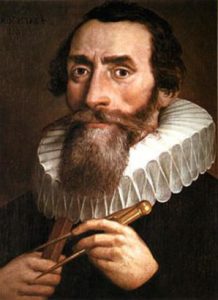
Johannes was keen on Copernicus’ hypothesis and investigating it further. In the end, he developed a believable model of our close planetary system by utilizing what Copernicus’ examination had shown us and by utilizing his own exploration.
Galileo Galilei
Galileo Galilei regularly alluded to as essentially Galileo, was an Italian physicist, mathematician, space expert, and rationalist. Galileo had numerous accomplishments, including adaptive affirmation of the periods of Venus, finding the four biggest satellites of Jupiter, and the examination of sunspots. Galileo likewise imagined an improved military compass and other logical instruments. Galileo cooperated in doing a noteworthy job in the Scientific Revolution.
Galileo Galilei was one of the most persuasive researchers of the Renaissance who was ready for the logical unrest that later thrived in Northern Europe.
He pioneered the telescope with his best form amplifying objects around multiple times. He was among the first to utilize the telescope to watch the skies.

Galileo had a key job to perform in the Copernican Revolution by upholding the heliocentric model of the Solar System. He made noteworthy revelations in both unadulterated crucial science like kinematics and strength of materials.
He also worked in developing an improved military compass, applied technology and other instruments as well. Albert Einstein considered Galileo the father of modern science.
Paracelsus
Paracelsus was born in Switzerland and his original name was Philippus Aureolus Theophrastus Bombastus von Hohenheim. He was a German-Swiss alchemist and scientist who is known for introducing the importance of chemistry in medicine.
His book called Great Surgery Book was published in 1536 where he provided a clinical description for Syphilis. He also believed that several diseases could be treated by the right doses of mercury. He was also the first person to state that, if provided with right doses, the substance that causes that illness can also cure them, which became the foundation of Homeopathy.
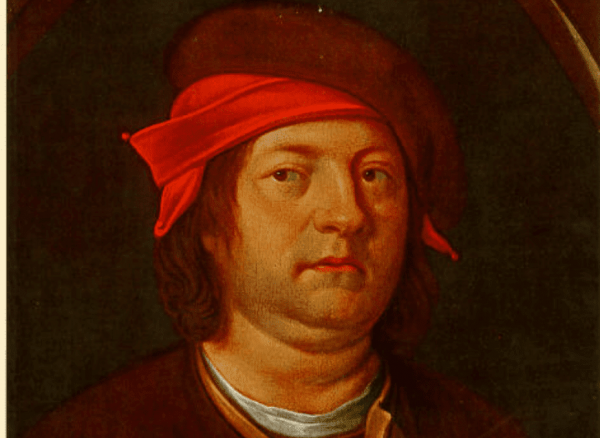
Paracelsus is believed to have treated and cured a lot of people suffering from a plague using peculiar methods.
Francis Bacon
Francis Bacon, born in 1561, was the first person to introduce the scientific temperament among the common people through his prose works. He was a philosopher, lawyer and statesman and is best remembered for his essays.
He is credited for developing the scientific method of analysis and, therefore, Bacon remained influential throughout the period of the scientific revolution.
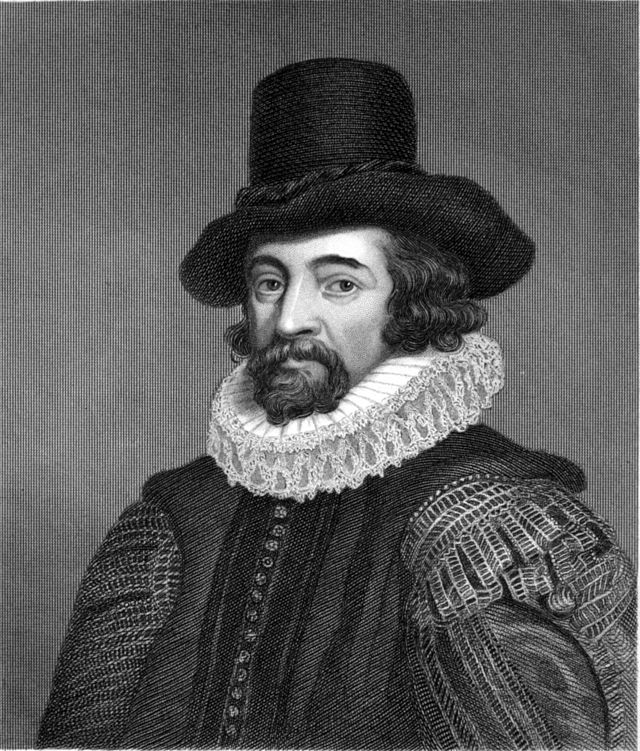
Sir Isaac Newton
Sir Isaac Newton was a physicist and mathematician from England. Newton added to optics and offers credit with Gottfried Leibniz for the creation of infinitesimal analytics and calculus.
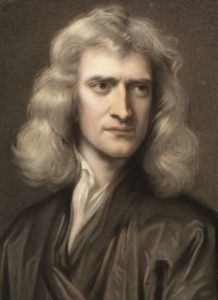
Newton likewise defined the laws of motion well known in today’s world and most importantly the study of gravity which to a great extent impacted researchers’ idea on the physical world.
He is viewed as a standout amongst the most compelling researchers ever.
Leonardo da Vinci
Leonardo da Vinci was the perfect Renaissance man, the greatest Genius, who, in addition to other things, was a painter, mathematician, engineer, modeller, botanist, artist and anatomist.
Da Vinci is one of the best painters ever. He painted the Mona Lisa, world’s most renowned painting. Different well-known works in craftsmanship by him incorporate The Last Supper, the most imitated religious painting and Vitruvian Man, a standout amongst the most recreated creative pictures.
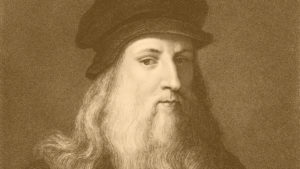
As a designer, he structured serviceable antecedents of a tank, a robot, a plunging suit and a few different things hundreds of years before they turned into a reality. A significant number of his innovations go into general as well.
Other logical accomplishments of Da Vinci incorporate structuring the main self-propelled machine in history and the fundamentals of friction. In living systems, he did the most point by point investigation of the human body before the twentieth century.
